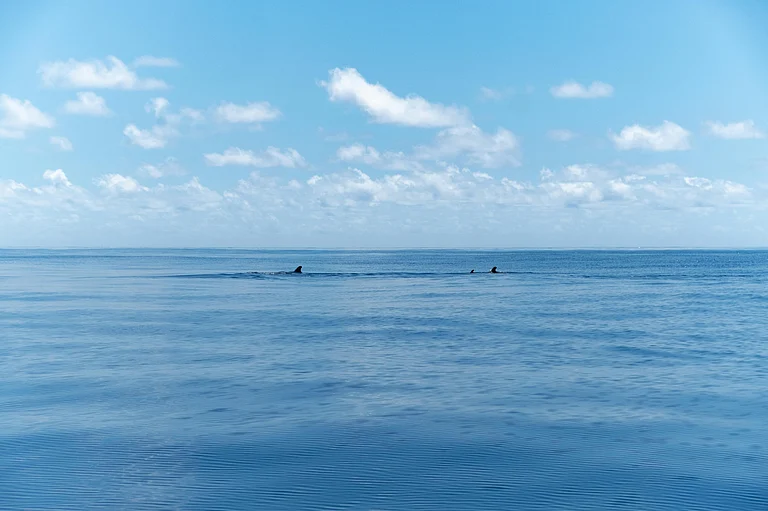A family trip to the "Clam Capital of the World" turned costly for a California mother after her children mistakenly collected clams, thinking they were seashells. Charlotte Russ and her five kids were enjoying a day at Pismo Beach when the children picked up 72 clams, not knowing they needed a fishing license to do so, ABC 7 reported.
The family’s clamming misadventure came to an abrupt halt when the Department of Fish and Wildlife approached Russ, informing her of the regulations and issuing her a ticket. “Right before we went, that’s when I opened it and that’s when I saw the amount,” Russ recounted.
Initially, Russ received a staggering fine of $88,993 in the mail. Fortunately, a judge in San Luis Obispo County later reduced it to $500. “It made me really sad and depressed, and it kind of ruined our trip,” she told ABC 7.
The incident served as an unexpected lesson in wildlife regulations for Russ and her children. “They know now at the beach don’t touch anything, but they know now what a clam is, compared to what a seashell is now. I’ve had to explain that to them,” she said.
In a lighthearted twist, Russ commemorated the experience by getting a shellfish tattoo on her arm after “winning” her case. “It was definitely one expensive trip to Pismo, unforgettable,” she remarked.
Pismo Beach, renowned for its clamming opportunities, saw 58 citations in 2023 for illegal clam collection, according to the Department of Fish and Wildlife. Lt. Matthew Gil explained the importance of these regulations, emphasizing that clams must reach 4½ inches to spawn and sustain the population.
Pismo clams, exclusive to the eastern Pacific Ocean, can be identified by their thick, large, triangular shells that range in colour from pale to brown, with some having a yellowish, tan, or green varnish-like coating. These bivalves, possessing two siphons and a two-halved shell, are crucial to the local marine ecosystem.
Pismo Beach is home not only to Pismo clams but also to Pacific razor clams. Clammers are allowed to collect up to 10 Pismo clams per day, but strict regulations have helped revive the population, which had dwindled due to overharvesting and sea otter predation.

















